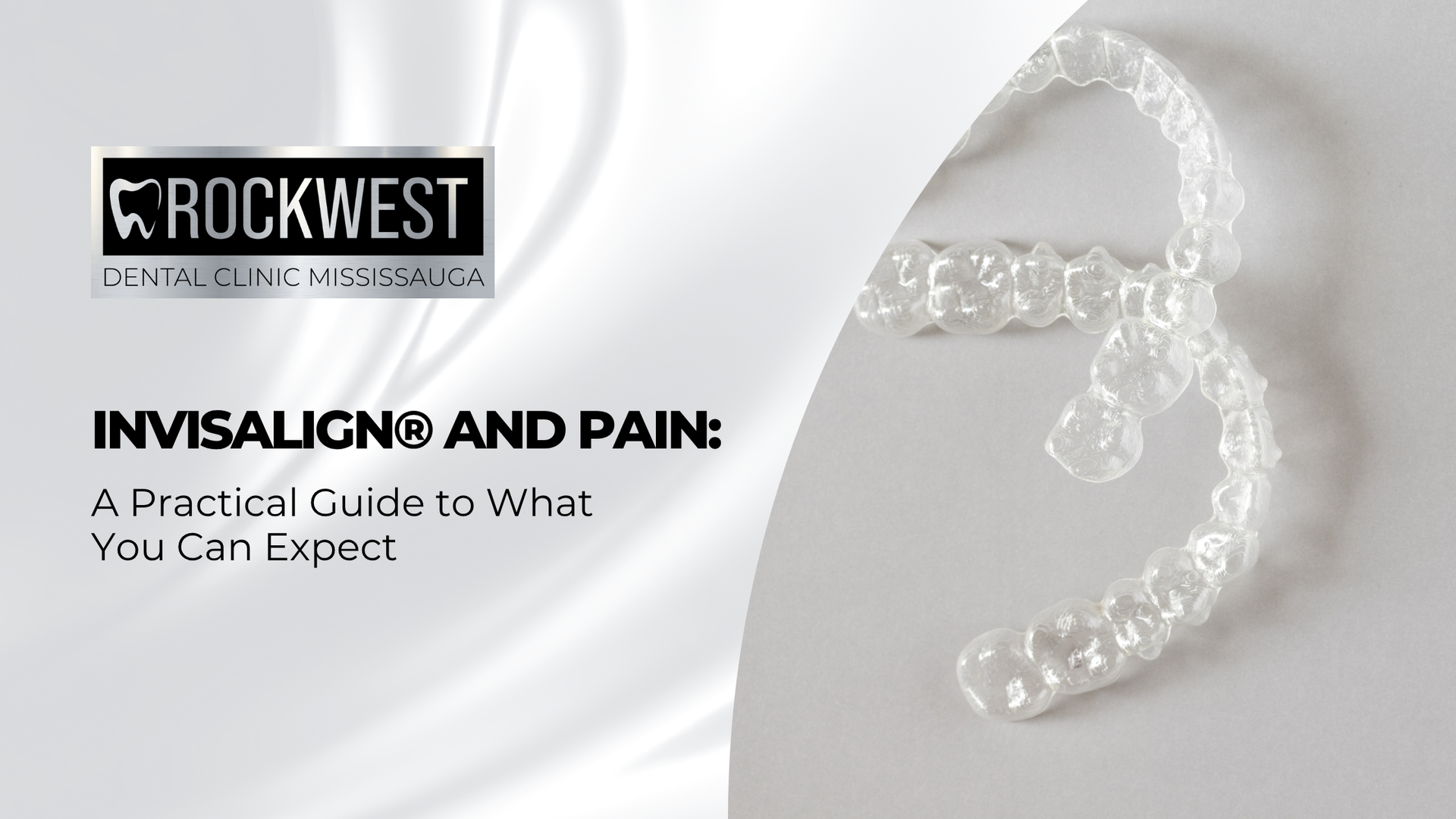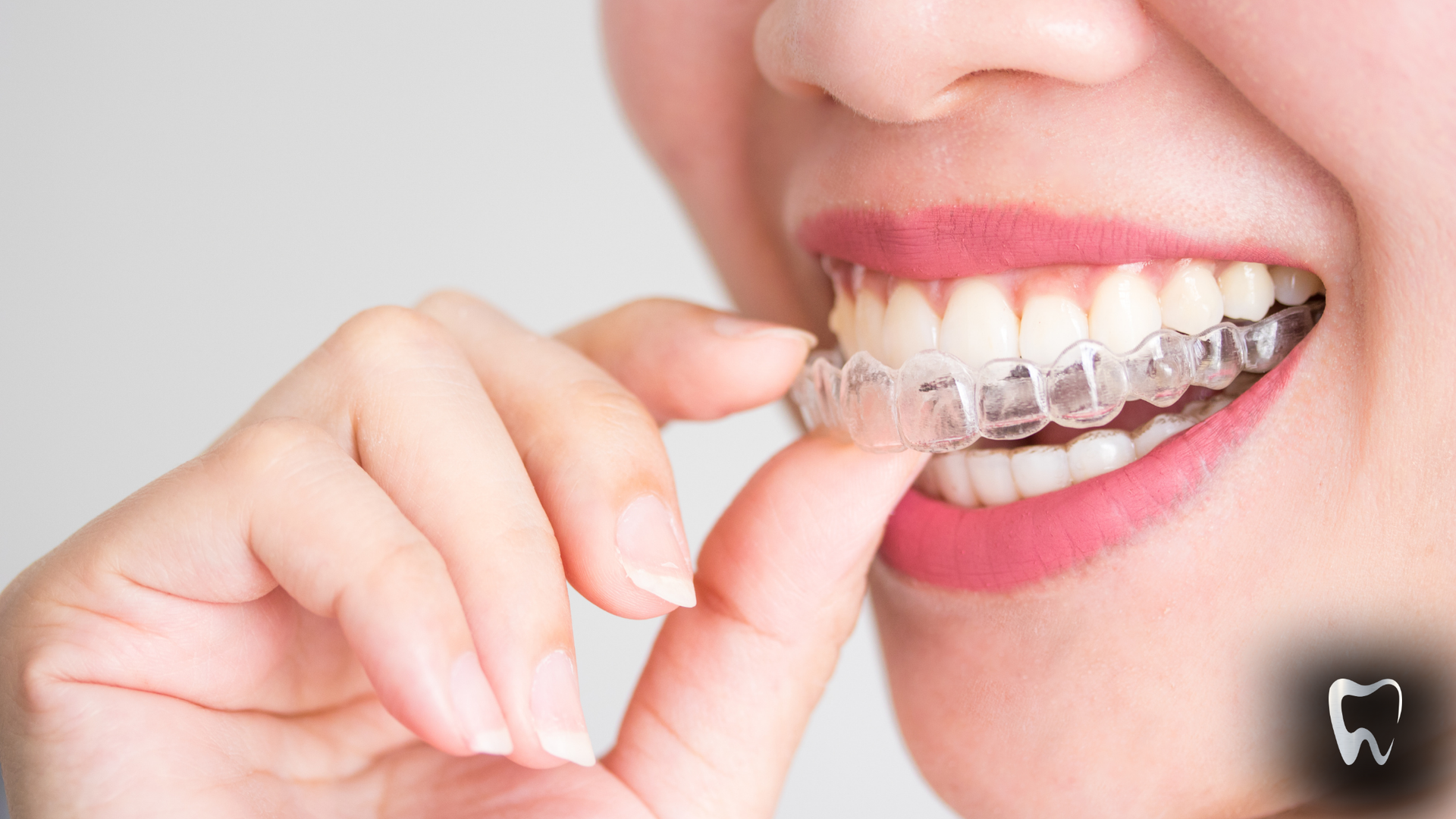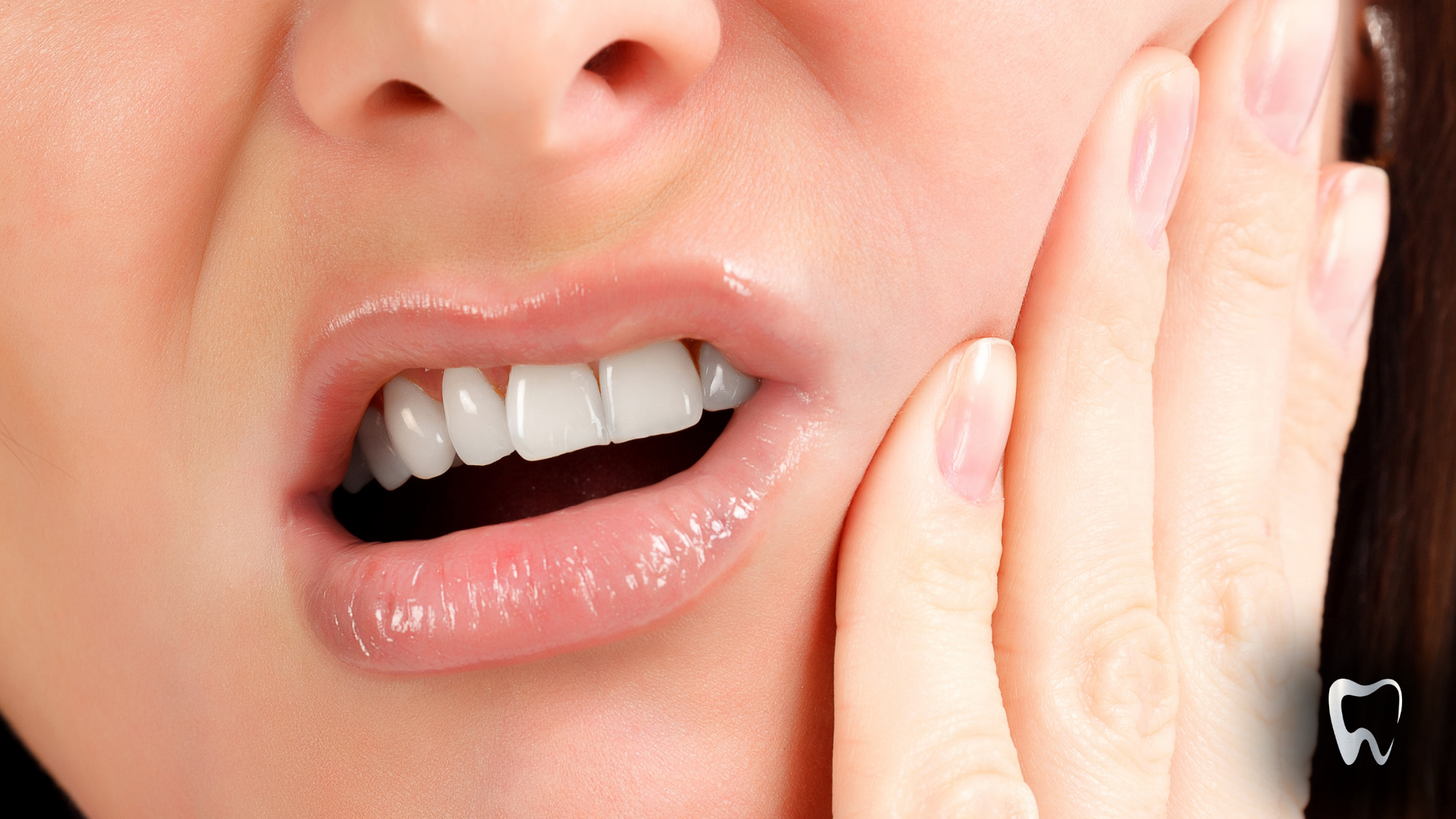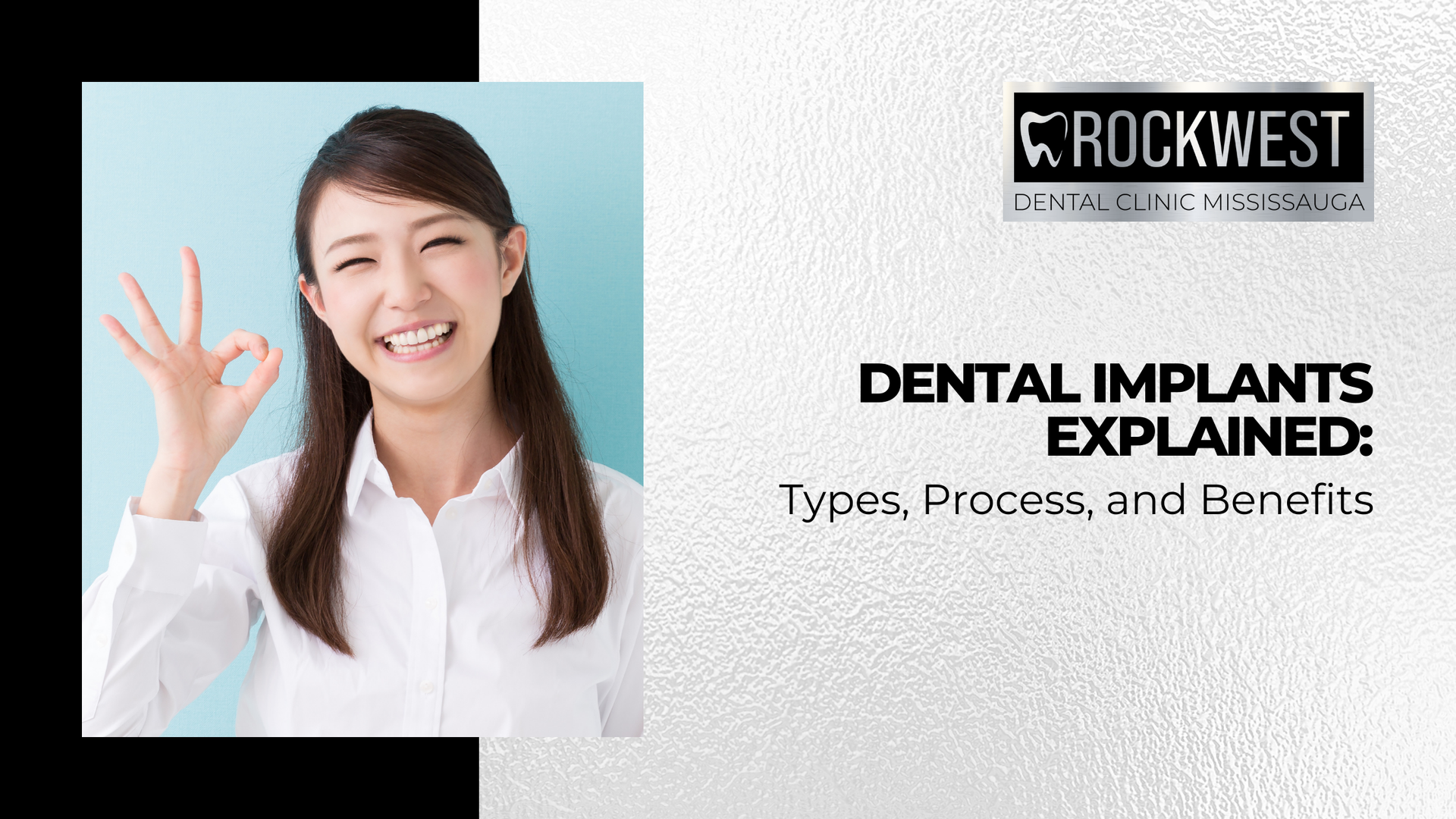


Invisalign® and Pain: A Practical Guide to What You Can Expect
Rockwest Dental Clinic Mississauga • November 15, 2025

Source: Dr. Marketing
A beautifully aligned smile is something many people hope to achieve, yet concerns about discomfort often become the biggest hesitation when considering orthodontic treatment. This is especially true with Invisalign®, a system known for its convenience, subtle appearance, and ability to straighten teeth without brackets or wires. However, many patients still ask the same question: Is Invisalign® painful?
At Rockwest Dental Clinic Mississauga, this question comes up often, and the answer is more reassuring than most expect. Invisalign® involves gradual tooth movement, which naturally creates pressure, but it is widely considered gentler and more comfortable than traditional braces. Understanding what this pressure means, what the first few days feel like, and how comfort improves over time helps patients approach treatment with confidence and clarity.
This guide explains why Invisalign® may cause temporary discomfort, what sensations are normal, how long they last, and how our team ensures a smooth experience from start to finish.
Understanding How Invisalign® Moves Teeth

To make sense of the sensations patients feel, it helps to understand how Invisalign® works. Instead of using metal brackets and wires, Invisalign® relies on a series of clear aligners that gently guide teeth into new positions. Each aligner applies controlled force to specific teeth, creating gradual movement step by step.
The aligners are designed to shift teeth in small increments, often less than a millimeter at a time. Because the movement is so precise, most of the pressure patients feel is mild and temporary. Invisalign® does not move all teeth at once the way traditional braces often do. Instead, the system targets specific teeth for each stage, which is one reason the experience tends to be more comfortable.
Many patients at Rockwest Dental Clinic Mississauga, find that this careful, controlled method of movement feels far gentler than what they expected before beginning treatment.
What Patients Typically Feel With Invisalign®

Patients often describe their Invisalign® experience with words like pressure, tightness, or mild tenderness. These sensations simply indicate that the aligners are activating tooth movement. When a new aligner is first inserted, the trays feel snug and firm. Over the next day or two, this sensation gradually fades as the teeth adapt. Typical sensations include:
- A gentle ache around teeth that are actively shifting
- A feeling of tightness when biting down or removing the aligners
- Slight tenderness that fades quickly
Unlike traditional braces, there are no sharp wires, no metal components rubbing the cheeks, and no irritation from brackets.
Why These Sensations Are Normal
Tooth movement is a natural biological process. When controlled pressure is applied to a tooth, the bone around it begins to remodel, allowing the tooth to shift. This process is slow and gentle. The mild tenderness many patients feel is simply the body responding to controlled orthodontic forces.
At Rockwest Dental Clinic Mississauga, patients often notice that the first aligner creates the most noticeable adjustment. After the first week or two, each new tray feels increasingly manageable. This progression is a positive sign that the teeth are responding exactly as planned.
The First Week: What to Expect
The first week of Invisalign® is the period when patients notice the biggest changes. This includes adapting to the feel of the aligners, learning how to remove them smoothly, and getting used to speaking with them in place.
Most patients report mild pressure that feels similar to the sensation after a routine dental cleaning. The tight feeling is most noticeable during the first two to three days and then gradually eases. By the end of the first week, most patients feel far more comfortable and confident with daily wear.
Does Every New Aligner Hurt

Each new aligner introduces a new stage of movement, so some temporary tightness is normal. For most people, day one of each new aligner brings the strongest pressure. By day three, the intensity fades significantly, and by day four or five, most patients say the aligners feel natural. Many patients describe the routine this way:
- Day 1: noticeable tightness
- Days 2 and 3: decreasing pressure
- Day 4 onward: minimal or no discomfort
This pattern continues throughout the treatment, and most patients find it manageable and predictable.
Biting Pressure and Chewing Sensations
After inserting a new aligner, the first few bites of food may feel slightly different. Because aligners are removed while eating, this sensation typically occurs when the aligners are reinserted after a meal. The sensation often lasts only a few minutes as the teeth settle back into the aligner shape. This is part of the adjustment process and becomes less noticeable as treatment progresses.
Why Invisalign® Is Still Considered More Comfortable Than Braces

Traditional braces create discomfort from wire tightening appointments, bracket irritation, and occasional wire shifting. Invisalign® avoids these issues entirely. Patients benefit from:
- Smooth, comfortable trays
- No wires or brackets
- No risk of metal rubbing against soft tissues
- Controlled, localized tooth movement
- More predictable forces
For many people, these advantages make Invisalign® a preferred choice for both comfort and convenience.
When Discomfort Is Not Normal
While mild pressure is expected, true pain is unusual. Signs that require attention include:
- Increasing discomfort instead of improvement
- Gum irritation caused by an aligner edge
- A feeling that the aligner does not seat properly
- Persistent swelling or redness
These situations are uncommon but easy to correct with a quick assessment. Patients are always encouraged to contact us something feels unusual.
Tips That Help Patients Stay Comfortable

Many patients find it easier to switch to a new aligner before bedtime so the initial adjustment occurs during sleep. Staying hydrated keeps the tissues comfortable. Warm water rinses help soothe the gums, and removing aligners slowly helps avoid unnecessary pressure on sensitive teeth. These small daily habits make the Invisalign® experience smoother and more predictable.
The Emotional Side of Invisalign® Pressure
Concerns about discomfort can cause hesitation before starting treatment. However, most patients find that once they begin, the experience is far easier than they expected. Seeing progress each week creates motivation and confidence. As the teeth begin to align, many patients notice improvements in their smile, confidence, and overall dental comfort. The supportive environment at Rockwest Dental Clinic Mississauga, helps patients navigate each stage with reassurance and guidance.
How Long Invisalign® Discomfort Lasts
For most people, discomfort lasts only a few days with each new aligner. By the second or third month, the teeth adapt quickly, and the adjustment period becomes shorter and gentler. Many patients find that Invisalign® eventually becomes such a natural part of their routine that they barely notice the aligners other than during mealtimes.
A Straighter Smile With Less Worry

Invisalign® has earned its reputation for comfort as well as cosmetic benefits. While temporary pressure is part of the tooth movement process, sharp or ongoing pain is rare. Most patients experience mild and manageable sensations that fade quickly.
With precise planning and supportive guidance from Rockwest Dental Clinic Mississauga, patients can feel confident that their Invisalign® journey will be smooth, predictable, and comfortable. A straighter smile is achievable, and with Invisalign®, the journey is far gentler than many expect.








